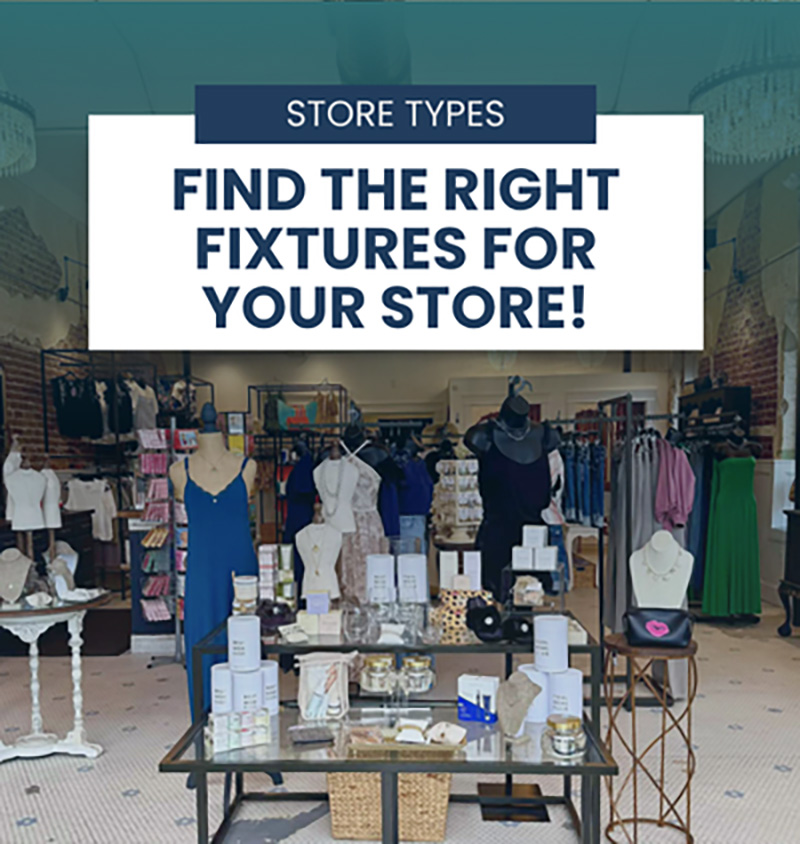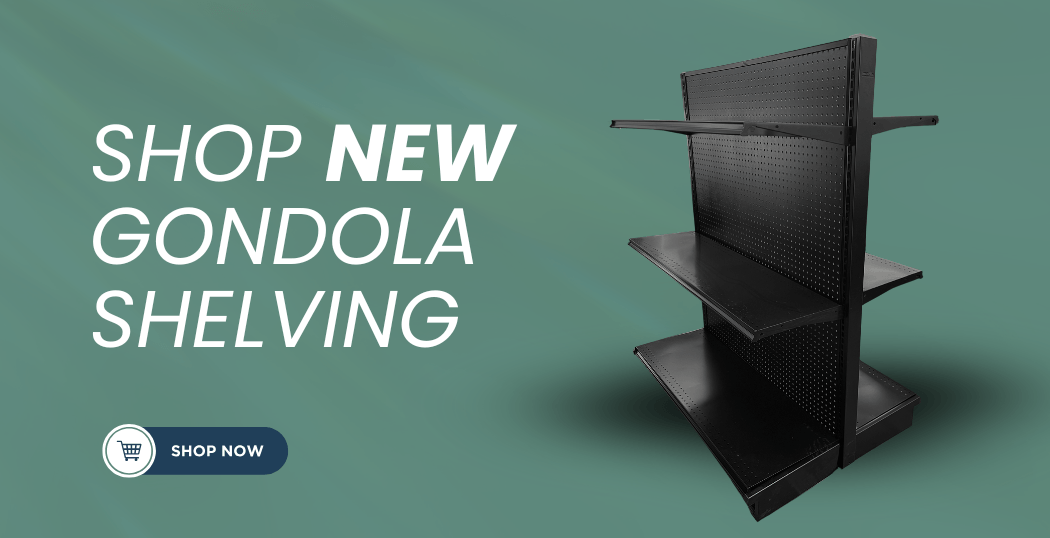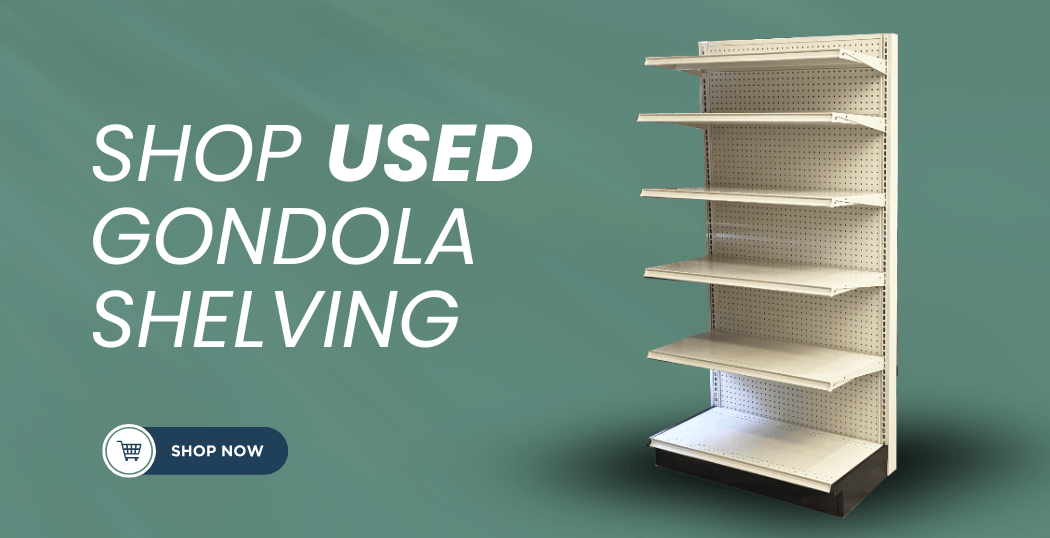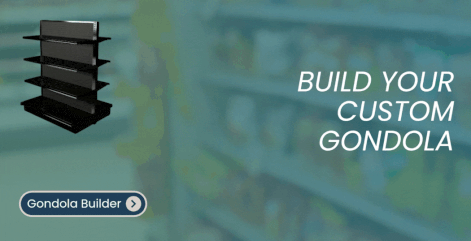How Experiential Retail is Reshaping Brick-and-Mortar Stores — And How Barr Display Can Help You Stay Ahead.
In today’s fast-paced retail landscape, traditional stores face more competition than ever. With the rise of online giants like Amazon and Walmart, physical retailers are rethinking how to attract and retain customers. The challenge? Get people off their devices and back through the doors. The answer? Experiential retail—a strategy that blends product, service, and experience into something far more powerful than a simple transaction.
At Barr Display, we don’t just sell fixtures—we help stores build environments that draw people in, keep them engaged, and get them talking. Let’s dive into how experiential retail is shifting the game, and what your business can do to stay ahead.
The Shift: From Transactional to Experiential
Shoppers today aren’t just looking for products—they’re seeking experiences. In response, malls, retail stores, and mixed-use properties are adapting by offering more than just merchandise. They’re becoming destinations.
You’ve seen it:
- Shopping centers that add restaurants, arcades, or yoga studios
- Malls hosting seasonal events, pop-up installations, or Instagram-worthy moments
- Local shops turning into community hubs through classes, demos, or social spaces
This trend is called experiential retail—and it’s here to stay.
What Is Experiential Marketing?
Experiential marketing (also called engagement marketing) is about creating immersive brand experiences that go beyond products. It involves inviting customers to actively engage, participate, and even co-create brand moments.
Rather than passively browsing, customers might:
- Attend an in-store event or workshop
- Use a product demo station
- Snap a photo with a display and share it online
- Interact with staff who offer personalized service or storytelling
According to marketing research from Medium, 79% of brands are planning to increase their experiential strategies this year. Why? Because experiences create emotional connections—and emotional connections build brand loyalty.
Real-World Examples of Experiential Retail in Action
1. Gaming Stores
Card and tabletop gaming shops are leading the way. These retailers dedicate space to live gameplay, tournaments, and community events, creating an environment that encourages customers to spend more time—and money—in-store.
At Barr Display, we support stores like these with flexible fixtures such as:
Modular gridwall systems for rotating product stock
Durable display cases to showcase high-value cards or collectibles
Custom-built tables and counters designed for interaction
2. Vape Shops and Lounges
Many modern vape shops now function as social spaces, with lounge areas, tasting bars, and even live music. By creating an environment of discovery and connection, they increase foot traffic and customer loyalty.
We help retailers like these with:
Custom cabinetry for bar-style displays
Slatwall panels for flexible accessory merchandising
Sleek lighting and signage to match the vibe
3. Malls & Mixed-Use Properties: The LEGO Americana Roadshow
Take LEGO’s 17-day traveling event, the LEGO Americana Roadshow. It brings giant brick-built landmarks to shopping centers, boosting foot traffic and retailer sales during slower seasons. This kind of partnership between experience and retail property benefits everyone.
If you’re opening a boutique or giving your current space a refresh, our store planning and design team can help you create a layout that sells—without compromising on personality.















